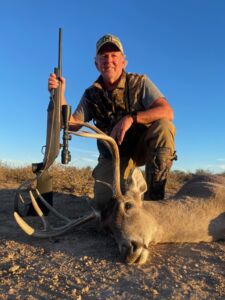 When I moved on from squirrels to birds to hunting deer with my dad in the 1970s, there were about 200,000 whitetails in Virginia. Today, we’ve got almost 5 times that many.
When I moved on from squirrels to birds to hunting deer with my dad in the 1970s, there were about 200,000 whitetails in Virginia. Today, we’ve got almost 5 times that many.
In the 1980s and 90s, we went from “if it’s brown it’s down” to the “horn porn” era. Whitetail management was in its infancy, and many people mistakenly took working to improve the health of a deer herd for engineering the growth of gigantic antlers.
All you saw in hunting magazines and on videos, which were exploding in popularity then, were images of pen-raised bucks with enormous, protein-loaded 190- to 250-inch-plus racks.
If the average hunter dared drag a forkie or 6-point back to camp, he was ridiculed to no end. It was a dark time in deer hunting, but thankfully we got past it. Since the early 2000s, for the most part, we’ve moved back to a much more positive and civil “shoot what makes you happy” model.
The first Baker climbing tree stand…trail cameras with black-and-white film that you took to the drug store to get developed…flintlock to in-line muzzleloaders…
I’ve seen a lot over the last four decades. What will the next 10 years bring?
Deer Populations Stay Strong
For several years, the estimated whitetail population in the U.S. has been 28-30 million.
For nearly two decades, from 1999 to 2016, hunters across the U.S. shot more does than antlered bucks, which helped to balance state and local herds with the habitat. For decades wildlife managers had been pleading with old-school hunters to change their thinking and shoot does along with a buck, and it finally happened. A more balanced deer herd is a healthier herd.
For the past several seasons, however, the script flipped. The total harvest in the U.S. has included more bucks than does. Across whitetail country, there’s been a nearly 20 percent reduction in the antlerless kill since 2007.
I anticipate this trend will continue for a few years, and then we’ll get a handle on the growing deer herd by returning to harvesting more does than bucks.
Let the Good Times Roll
It’s a good time to be a buck hunter in America. Over the last several seasons, hunters have killed an average of 2.9 million bucks in the U.S. The 2017 harvest of approximately 2,925,000 bucks was the highest national kill in nearly two decades.
State buck harvests have been at or near record levels. In 2017, 23 of 36 states surveyed by the NDA showed increased buck kills from the previous years. In 2020, with seasoned hunters getting out more days than ever plus an influx of new hunters driven to the woods by the pandemic (more later), buck numbers continued to pile up. For example, in Wisconsin, hunters tagged 10,000 more bucks during gun season than in 2019. In West Virginia, the buck harvest was up 6%.
The best news is that you, me and a plurality of America’s deer hunters are being more selective than ever before. According to the NDA’s 2021 Whitetail Report, hunters killed more mature bucks in the 2019-20 season than ever reported. Out of a harvest of 2.9 million bucks, a record 39% of those animals were estimated to be 3½ years of age or older.
“Hunters now shoot more bucks that are at least 3½ years old than 1½ years,” says Kip Adams of the National Deer Association, who has monitored deer harvest data for years. “That’s a monumental shift from a decade or two ago. I expect we’ll continue having high buck harvests for the next few years as populations continue to increase, and I think we’ll continue having exceptional age structure in the buck harvest.”
It’s a good trend. The more adult bucks in your deer herd, the healthier the herd, and the more intense the rut. It’s about the age and maturity of the bucks, not the rack size. Of course, typically, the older the buck, the bigger the rack!
Where the Big Bucks Will Come From
I’ve been researching and writing about whitetails for more than 30 years and one thing has remained amazingly constant. If you want to kill a really big buck, maybe a Booner, hunt in one of these 9 states.
- Wisconsin
- Illinois
- Iowa
- Minnesota
- Kentucky
- Ohio
- Kansas
- Indiana
Check a 2000 version of the Pope & Young or Boone & Crockett record book, and you’ll find those states at or near the top for buck entries. Look into the future and read a 2030 version of a record book and the data will be similar.
The top states have agriculture, edge and cover; rich soils; and well-established buck genetics. Most have a one buck per year limit. Most set their gun season outside the rut. Toss in the fact that we hunters are being more selective and passing young bucks like never before, and these states will continue to crank out mature, massive-racked bucks for the foreseeable future.
Three additional states I’ve recently hunted and have on my watch list are Missouri, Oklahoma and Nebraska. Combined, these states have put more than 100 racks in Boone & Crockett the last two seasons, and I expect many more entries in the coming decade.
Elephant in the Room
Amid all the good news is the ongoing threat of Chronic Wasting Disease (CWD), the biggest peril to deer herds and hunting to come along in the last 40 years. First identified in wild deer in 1981, CWD has now been confirmed in 26 states and 4 Canadian provinces.
CWD is a transmissible neurological disease that produces lesions in the brains of infected deer, and is always fatal. The disease continues to spread—CWD was most recently confirmed in four new counties in Iowa—with no end in sight.
Scientists will work overtime over the next decade to find ways to mitigate this ugly disease. It is crucial hunters do our part to curb the spread.
The days of loading a gutted buck in the bed of your truck and driving back home across a state line are gone. Don’t think about doing it this fall or ever again. Most states have implemented CWD transport laws that do not allow you to bring in a full deer carcass from a known CWD area in another state.
Within two or three years, I see every state getting even more strict, and banning the importation of all high-risk CWD parts (eyes, brain, spleen, backbone) whether the deer was killed in a known disease zone or not. There are too many unknowns, as CWD continues to pop up in random counties and places.
BIG ADVICE: Starting now, study the CWD transport laws of your state and any state or province you plan to hunt this fall. Learn to fully cape your bucks, to include peeling the hide and face off the skull. If you want a European mount, know how to remove the brains from the skull. Plan to bone out every deer you shoot. This will be the only way to travel with buck parts in the not-so-distant future.
Out with the Old, in with the New
About 8 million Americans hunt deer. Of those, a third are baby boomers born between 1946 and 1064. My generation is passionate and has hunted like no other.
But we are getting old and gray. Studies show that on average people quit hunting at age 65. Climbing up a tree or wrestling a 200-pound deer out of the woods is not as easy as it used to be.
By 2030, it is estimated that more than 1 million Boomers will have hung up their guns and bows. Wildlife officials are worried about reduced money for conservation programs. Much of the outdoor has media predicted doom and gloom for the future of hunting.
Then came COVID.
In a turn that nobody could have predicted, people flocked to guns and the outdoors like never before. Some 8 million folks who had never shot a gun before bought one along with enough bullets to cause the ongoing ammo shortage.
In 2020, many states saw a 5% to 10% surge in hunting license sales. Some people who used to hunt but quit bought a permit and went again. An estimated 1 million to 3 million people who had never hunted before hit the woods last fall, most of them looking to shoot a deer.
In the most exciting development I’ve seen in decades, we have started to build a new, younger and more diverse and dynamic hunting demographic across America. The challenge is to retain these reactivated hunters and newbies and keep them engaged for the long run, so they’ll help to fund wildlife departments and manage state deer herds.
Hank Forester, Director of Hunting Heritage for the NDA, believes the effects of the pandemic will be long lasting on the human psyche, and that we’ve got a good shot at retaining many of the new hunters in the next decade.
“During the pandemic people saw empty shelves at the grocery store, especially on the meat isle, and the questions of self-reliance and issues with meat processing came to the forefront,” he says. “People won’t forget that.”
Forester also believes that the new and reactivated hunters truly enjoyed their time afield last fall. “All this aligns well with newer hunters who our data show to be focused on food and a connection with nature.”
With healthy venison and being outdoors as primary motivators of the new whitetail demographic, all bodes well for the next decade of deer hunting.

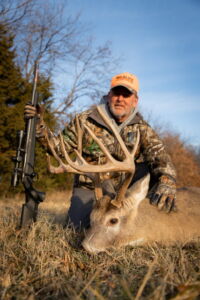
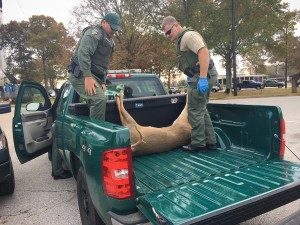
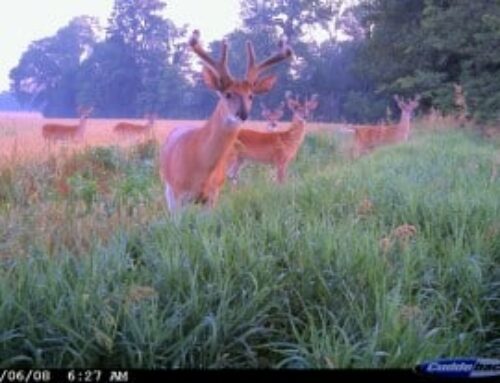



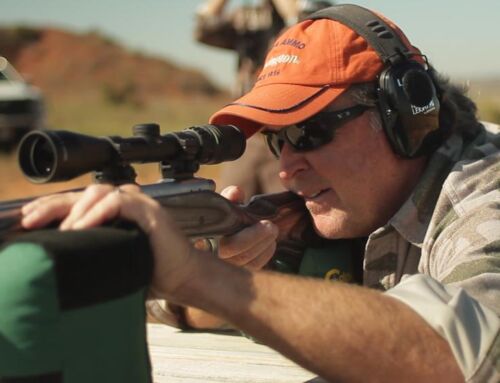
2nd elephant…by 2030 land leases will be outrageous and public lands will be either too packed or the tree huggers will legislate hunting rights away from us “common sense” folks. Wait until Biden steals another term…
yes, access to good ground is definitely a big issue for hunting’s future and not an easy one. By the way, MAGA!
The next big thing I see in Deer Hunting is Tick control.